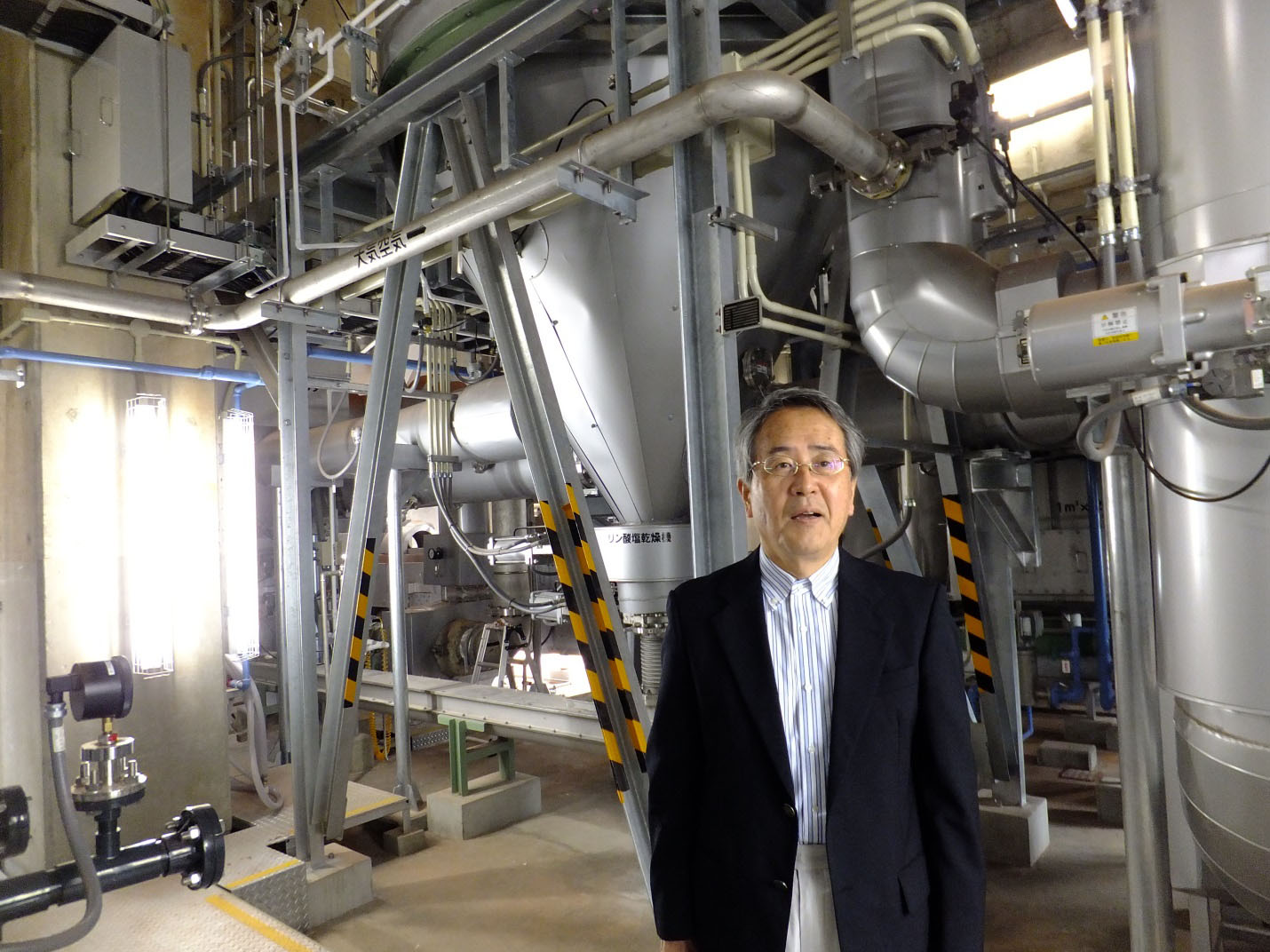Phosphorus (P) is essential to human life and vital for food production. It is the critical building block of DNA, cell membrane and bones, and plays a crucial role in cellular energy metabolism. Today, P is mostly obtained from mined phosphate (Pi) rock, but natural reserves of Pi rock are concentrated in a limited number of countries such as Morocco, China and the U.S. On the other hand, an inefficient use of P and the leakage of phosphate-containing fertilizers, detergents and sewage into water bodies are causing irreversible eutrophication problems. Moreover, mined Pi rock is largely contaminated with toxic heavy metals such as cadmium and radioactive uranium. From health and environmental perspectives, there are increasing concerns about the long-term application of chemical fertilizer to farmland.
Increasing attention has been paid to the development of P refinery technology that can recover P from waste streams and reuse recovered P products for agricultural and industrial purposes. In the wastewater treatment sector, P is removed from wastewater using chemical or bio-based technologies. Removed P ends up in sewage sludge, which is then subjected to anaerobic digestion, dewatering and incineration. This offers hot spots for P recovery from (i) the rejected water from sludge dewatering, (ii) digested sludge and (iii) incinerated sludge ash.
More than 70 full-scale P recovery plants are currently operating in Europe, North America and East Asia. Basically, the P recovery technologies are (i) chemical Pi leaching from incinerated sludge ash, (ii) Pi salts precipitation and (iii) struvite crystallization after anaerobic sludge digestion. Incinerated sludge ash having a high P content is also used as a raw material for the manufacture of phosphoric acid in a wet acid process.

















With your current subscription plan you can comment on stories. However, before writing your first comment, please create a display name in the Profile section of your subscriber account page.